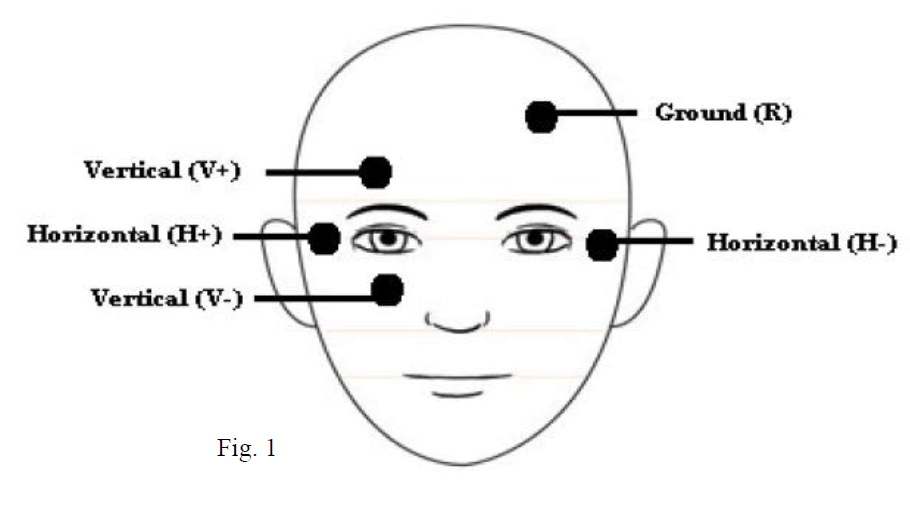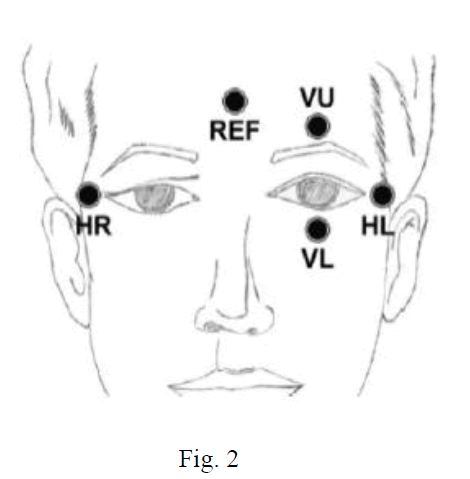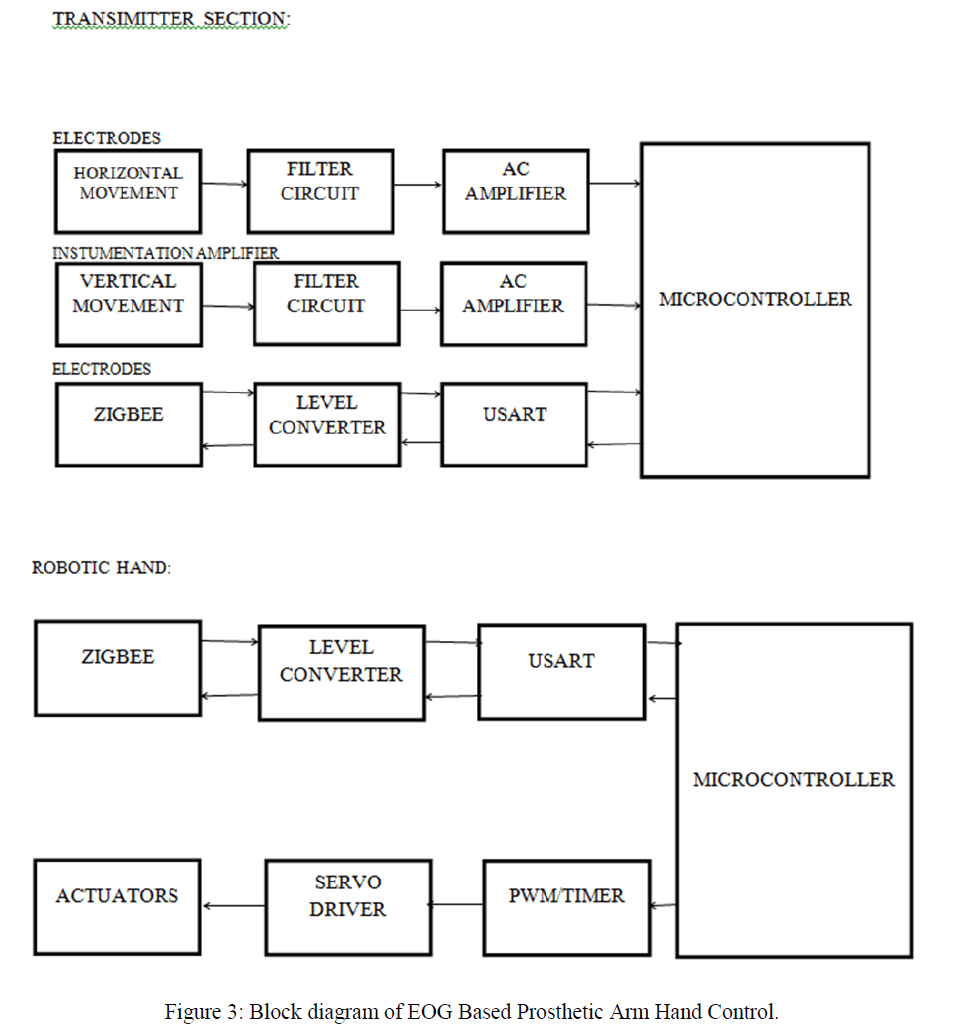ISSN ONLINE(2319-8753)PRINT(2347-6710)
ISSN ONLINE(2319-8753)PRINT(2347-6710)
P.Bhuvaneswari1, K.Amutha2 and M.Shankar3
|
| Related article at Pubmed, Scholar Google |
Visit for more related articles at International Journal of Innovative Research in Science, Engineering and Technology
The concept of no waste is termed as new resource through new material for value addition. By recycling process the waste material of bioresidues are utilized to prepare synthesized product. One of the bioresidue of ragi straw was burned under controlled temperature and the ash was treated to synthesize biosilica. Using sol-gel route and chemical coprecipitate method the biosilica were produced in nanolevel. The functional groups and phase identification of ragi straw ash (RSA) and Biosilica (BS) were carried out through Fourier Transform Infrared Spectroscopy (FTIR) and X-ray diffraction (XRD) analysis. The structural and morphological evaluation by Scanning Electron Microscopy-Energy dispersive Spectroscopy (SEM-EDS) which confirms the nanosize and spherical shape of biosilica. By the recycling process, a stage of the ecological and economic benefits in the disposal of residues was reached and achieved as zero waste to environment.
Keywords |
| RSA, BS, FTIR, XRD, SEM-EDS. |
INTRODUCTION |
| In few decades of research field, silica plays a significant role in huge areas such as cement and ceramic admixtures, catalyst host, pharmacy, drugs delivery, solar PV cells, adsorbent and absorbent, paint industry etc [1]. Bioresidues of rice straw, maize stalks, rye straw, ragi straw and so on are abundant material which is available in our country. Theses residues are considered as wastage and it was used as cattle livestock, landfills, fuel and domestic purposes [2]. After that fuel residues of ash was not properly disposed and it affects the environmental conditions. Lignin, cellulose, pentose and hemicelluloses are decomposed when the bioresidues are calcined and high silica content could be obtained at 650ºC. Amorphous nature of silica polymorph was gained at around 700ºC and above this temperature, it reaches crystalline phase [3]. Many literatures reported the amorphous phase of silica particles was extracted from the bioresidues using sol-gel method. |
EMPIRICAL METHOD |
| Ragi straw was collected from local farmyard at Chidambaram, Tamilnadu. The precursor was cleaned to remove the dirt and earthen material. All the chemicals and deionised water were purchased to use without any purification. |
| A. Synthesis of Biosilica |
| The bioresidue of ragi straw was burnt under controlled temperature at 650ºC and then held for 2 h in a muffle furnace. The following method was synthesized the biosilica using sol-gel route. Ragi straw ash (RSA) was treated with 2.5N NaOH solution and then it was completely dissolved through the magnetic stirrer for 3 h at 100ºC. The blackish solution was filtered in a 3G sintering crucible and then filtrate was dissolved with warm deionised water. Again it was filtered by whatmann 41 filter paper for the removal of carbon residues. Viscous, colorless and denser sodium silicate solution was obtained. This solution was titrated with 6N HCl solution, white precipitate silica gel was maintained at 100ºC for 5h, the gel was breaks and then the silica particles were settled down [4]. |
| The settled particles were rinsed with deionised water until the silica becomes neutral and then dried at 70ºC for 14h. The dried silica particles were refluxed by 5N HCl solution for 10h under constant temperature of 80ºC. The size was reduced and the metallic impurities were removed by the acid leaching process [5]. After then 2N NaOH solution was dissolved with the silica particles and con.HCl was added drop by drop and then gel was formed. At stable strirring was given to the gel for 10h silica particles was settled and then rinsed with deionised water for alkali and acid free particles. The silica particles were dried at 100ºC for 14 h; the nanoscale of biosilica was gained and stored in a desicator. |
RESULTS AND DISCUSSION |
B. MICROSTRUCTURAL STUDY |
| The microstructure of the RSA particles and biosilica are shown if fig (3.1) with respectively. |
 |
| Variou noticed. High pores with spherical shape of the silica particles are presented in the micrograph of RSA. From the EDS of RSA report, Si-85%, K-6%, Na-7% and other alkali. From the SEM image of biosilica shows (), the spherical shape with agglomerate form and the size of the particle is less than 100 nm. The EDS show that the Si and O is the predominant peak which is presented in the biosilica. |
C. XRD PATTERN ANALYSIS |
| The XRD pattern of RSA in fig (3..2), that the quartz is the predominant crystalline peak at 2θ=26º, and other peaks which represent the silica polymorph of cristobalite and tridymite [6]. And the biosilica, the broad band at 2θ=22º, it indicates the amorphous phase and the absence of crystalline peaks. |
 |
| A glassy nature of tetrahedral coordination of amorphous silica was gained by the acid leaching process [7]. |
D. SPECTROSCOPIC STUDY |
| The functional groups of RSA and biosilica in fig (3.3) shows that the broad peak around at 3440-3443 cm-1 are assigned the OH stretching vibration of silanol groups. The band at 1640 cm-1 is due to the bending vibration of water molecules which molecules of silica matrix [8]. The strong peak at 1093 cm-1 in RSA and 1100 cm-1 which represents the asymmetric stretching vibration of siloxane bond [9]. The peak at 796 cm-1 in RSA and 803 cm-1 are ascribed the amorphous silica and the bending vibration of SiO2 presented at 475 cm-1. |
 |
CONCLUSION |
| From we concluded that the biosilica as a valuable product from bioresidue of ragi straw. The morphology of biosilica shows the spherical shape with agglomerate form and the range of size is in 100 nm. The EDS report the purity of biosilica is 98 %. XRD peak shows the peak intensity to be in amorphous phase. FTIR peak shows the silixone groups Si-O-Si band at 1093 – 1100 cm-1 in RSA and biosilica. This investigation suggests that ragi straw ash is an alternative source of amorphous silica. It is economically and to attained the zero waste environments. |
References |
|